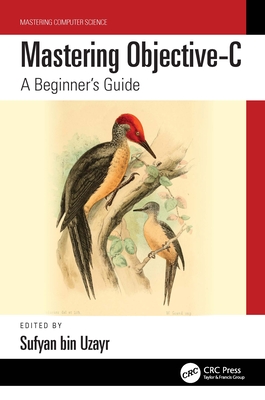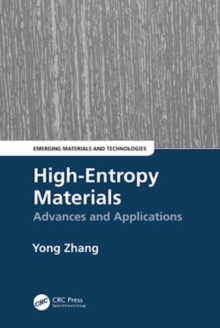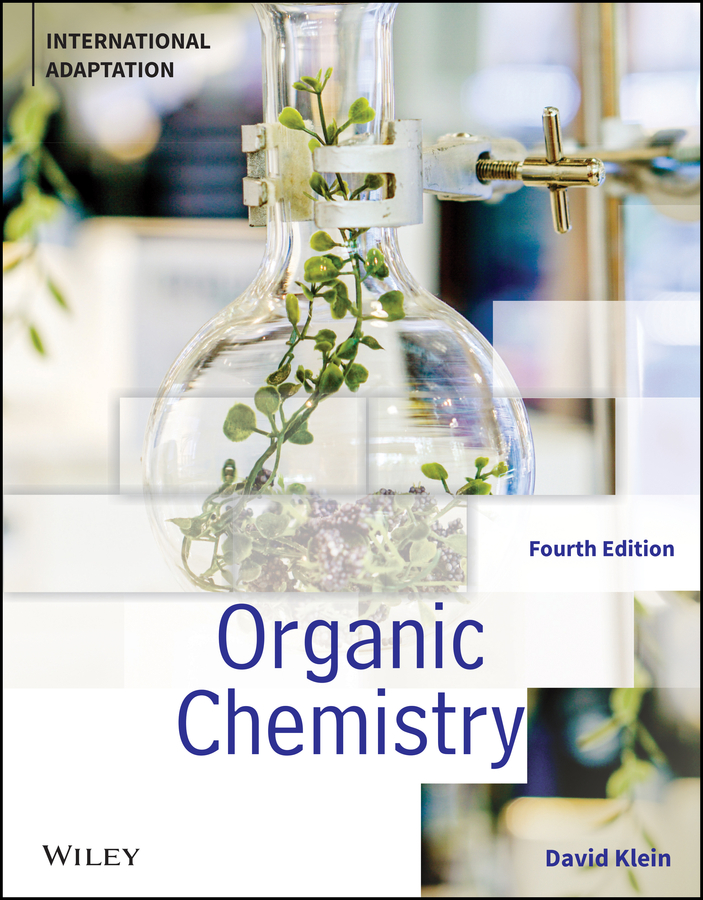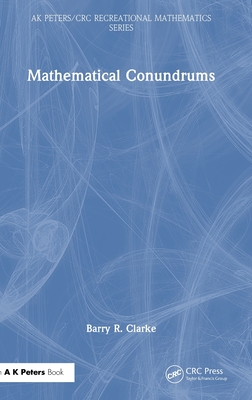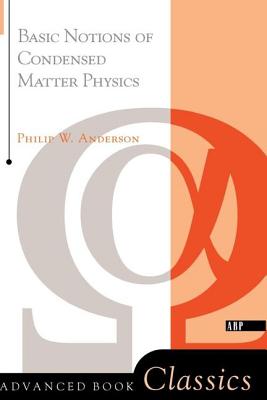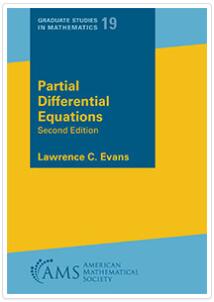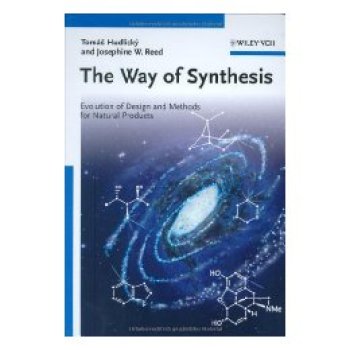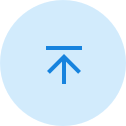图书简介
This monograph had its genesis in a workshop on the specific conduction held in the spring of 1975. The meeting was organized to discuss present knowledge on structure and function of the cardiac specialized tissues with emphasis on their clinical implications. Since much new information was presented, the participants agreed to prepare manuscripts and make their material available for publication. This has resulted in a book in which the cardiac specialized tissues are discussed by different specialists: the electron-microscopist, anatomist, pathologist, physiologist, physicist and clinician. Apart from their interest in the cardiac conduction system the participants shared the opinion that their contribu tion should be relevant to the understanding and treatment of patients with cardiac arrhythmias. The book should be useful for the clinician, the morphologist and the physio logist. The workshop took place at the University Department of Cardiology, Wilhelmina Gasthuis, Amsterdam, The Netherlands. This is the home ground of one of the most outstanding electro cardiologists of our time, Dr. Dirk Durrer. By pairing genius and originality with endless fund of energy and dogged persistence he made several important contributions to modern cardiac electrophysiology. In recent years he created a cardio logical institute where workers from various disciplines cooperate in the study and treat ment of cardiac disease. Several of his pupils participated in the workshop and contributed to this volume. In appreciation and thankfulness we want to dedicate this book to Dr. Dirk Durrer.
Anatomy and electrophysiology of the developing conducting system.- 1. The development of the cardiac specialized tissue.- 2. Electrophysiology of the intact neonatal canine atrioventricular conducting system.- Electronmicroscopy of the conducting system.- 3. The fine structure of the atrial and atrio-ventricular (AV) junctional specialized tissues of the rabbit heart.- Impulse formation and conduction.- 4. Recent observations supporting the role of the slow current in cardiac electrophysiology.- 5. Effect of autonomic activity on pacemaker function and conduction.- 6. Supernormal excitability and conduction.- 7. The role of phase 3 and phase 4 block in clinical electrocardiography.- 8. The electrophysiologic basis of parasystole and its variants.- 9. Some effects of electrical stimulation on impulse initiation in cardiac fibers; its relevance for the determination of mechanisms of clinical cardiac arrhythmias.- 10. The effect of antiarrhythmic agents on impulse formation and impulse conduction.- Sinus node and atrium.- 11. The sinoatrial node and its connections with the atrial tissues.- 12. Direct and indirect techniques in the evaluation of sinus node function.- 13. Studies on the effect of drugs on sinus node-atrial conduction.- 14. Observations on circusmovement tachycardia in the isolated rabbit atrium.- The atrioventricular junction, the bundle branches and the ventricle.- 15. Morphology of the human atrioventricular junctional area.- 16. Pathological basis of concept of left hemiblock.- 17. Electrophysiology and structure of the atrioventricular node of the isolated rabbit heart.- 18. Influence of geometry on the shape of the propagated action potential.- 19. Electrophysiology of endocardial intraventricular conduction: The role and function of the specialized conducting system.- 20. The experimental evidence for the role of phase 3 and phase 4 block in the genesis of A-V conduction disturbances.- 21. Ventricular activation in human and canine bundle branch block.- 22. Depressed conduction and unidirectional block in Purkinje fibers.- 23. Newer aspects of concealed conduction of the cardiac impulse.- 24. The role of the conduction system in supraventricular tachycardia.- 25. Electrophysiological diagnosis and manifestation of dual A-V nodal pathways.- 26. Incidence of different types of A-V block and their localization by His bundle recordings.- 27. Patterns of V-A conduction in the human heart in the presence of normal and abnormal A-V conduction.- 28. Gap phenomena: Antegrade and retrograde.- 29. Accommodation of A-V nodal conduction and fatigue phenomenon in the His-Purkinje system.- 30. Epicardial mapping and surgical treatment in six cases of resistant ventricular tachycardia not related to coronary artery disease.- The Wolff-Parkinson-White syndrome.- 31. The electrophysiologic properties of the accessory pathway in the Wolff-Parkinson-White syndrome.- 32. Correlation between catheter electrophysiologic studies and findings on mapping of ventricular excitation in the W.P.W. syndrome.- 33. Ventricular excitation in the Wolff-Parkinson-White syndrome.- Myocardial infarction.- 34. Mechanisms of ectopic rhythm formation due to myocardial ischemia: Effects of heart rate and ventricular premature beats.- 35. Observations during electrical stimulation of the heart in patients with sinus bradycardia following acute myocardial infarction.- 36. A-V nodal block in acute myocardial infarction.- 37. Bundle branch block and acute myocardial infarction.- Bibliography on the conduction system.- Index of subjects.
Trade Policy 买家须知
- 关于产品:
- ● 正版保障:本网站隶属于中国国际图书贸易集团公司,确保所有图书都是100%正版。
- ● 环保纸张:进口图书大多使用的都是环保轻型张,颜色偏黄,重量比较轻。
- ● 毛边版:即书翻页的地方,故意做成了参差不齐的样子,一般为精装版,更具收藏价值。
关于退换货:- 由于预订产品的特殊性,采购订单正式发订后,买方不得无故取消全部或部分产品的订购。
- 由于进口图书的特殊性,发生以下情况的,请直接拒收货物,由快递返回:
- ● 外包装破损/发错货/少发货/图书外观破损/图书配件不全(例如:光盘等)
并请在工作日通过电话400-008-1110联系我们。
- 签收后,如发生以下情况,请在签收后的5个工作日内联系客服办理退换货:
- ● 缺页/错页/错印/脱线
关于发货时间:- 一般情况下:
- ●【现货】 下单后48小时内由北京(库房)发出快递。
- ●【预订】【预售】下单后国外发货,到货时间预计5-8周左右,店铺默认中通快递,如需顺丰快递邮费到付。
- ● 需要开具发票的客户,发货时间可能在上述基础上再延后1-2个工作日(紧急发票需求,请联系010-68433105/3213);
- ● 如遇其他特殊原因,对发货时间有影响的,我们会第一时间在网站公告,敬请留意。
关于到货时间:- 由于进口图书入境入库后,都是委托第三方快递发货,所以我们只能保证在规定时间内发出,但无法为您保证确切的到货时间。
- ● 主要城市一般2-4天
- ● 偏远地区一般4-7天
关于接听咨询电话的时间:- 010-68433105/3213正常接听咨询电话的时间为:周一至周五上午8:30~下午5:00,周六、日及法定节假日休息,将无法接听来电,敬请谅解。
- 其它时间您也可以通过邮件联系我们:customer@readgo.cn,工作日会优先处理。
关于快递:- ● 已付款订单:主要由中通、宅急送负责派送,订单进度查询请拨打010-68433105/3213。
本书暂无推荐
本书暂无推荐

